Samsung Galaxy S25 Ultra vs OnePlus 13: The Ultimate Flagship Showdown of 2025
In 2025, the smartphone market has reached unprecedented heights, with manufacturers pushing the boundaries of innovation, design, and performance. Two of the most anticipated flagships this year are the Samsung Galaxy S25 Ultra and the OnePlus 13. Both devices represent the pinnacle of their respective brands, offering cutting-edge technology and a premium user experience. In this comprehensive comparison, we’ll examine every aspect of these titans—from design and display to performance, cameras, battery life, software, and more—to help you decide which flagship deserves a place in your pocket.
1. Design & Build Quality
Samsung Galaxy S25 Ultra
Samsung’s Ultra line has always been synonymous with luxury and durability, and the S25 Ultra is no exception. This year, Samsung has refined its design language with a sleeker profile, even thinner bezels, and a slightly curved display that feels seamless in the hand. The device is constructed with Armor Aluminum 3.0 and Gorilla Glass Victus 4 on both front and back, ensuring top-tier protection against drops and scratches. The S25 Ultra is also IP68 certified for dust and water resistance.
Color options for the S25 Ultra include Phantom Black, Titanium Gray, Mystic Silver, and exclusive online-only colors such as Emerald Green and Sapphire Blue. The iconic S Pen is now more seamlessly integrated, with improved latency and expanded Air Actions.
OnePlus 13
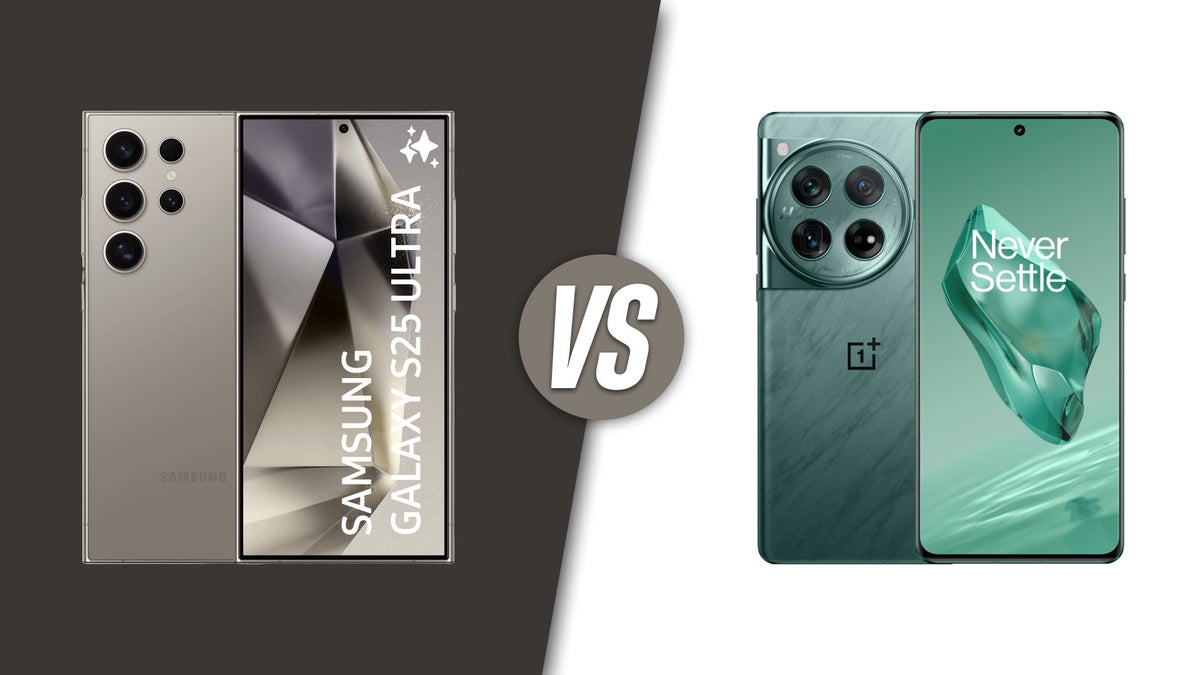
OnePlus has continued its tradition of minimalist elegance with the OnePlus 13. The device features a flat-edge design with subtly chamfered corners, making it comfortable to hold and less prone to accidental drops. The back panel is made from a new Ceramic Glass composite, which offers a unique tactile feel and exceptional durability. The OnePlus 13 is also IP68 rated, matching the S25 Ultra in water and dust resistance.
Color choices are bold and modern, including Glacier White, Obsidian Black, and a special edition Aurora Green. The alert slider—a fan favorite—makes a return, now with customizable profiles for different scenarios.
Verdict
Both phones exude premium quality, but the S25 Ultra’s curved display and integrated S Pen offer a unique edge for productivity enthusiasts. The OnePlus 13, however, appeals to those who prefer a minimalist, flat design and the tactile feel of ceramic glass.
2. Display
Samsung Galaxy S25 Ultra
Samsung’s display technology remains unrivaled. The S25 Ultra boasts a 6.9-inch Dynamic AMOLED 3X display with a 3200 x 1440 resolution, 1-120Hz adaptive refresh rate, and up to 2,800 nits peak brightness. HDR10+ support ensures vibrant, true-to-life colors, and the display is certified for low blue light emission, reducing eye strain during prolonged use.
OnePlus 13
The OnePlus 13 features a 6.8-inch Fluid AMOLED Pro display with a 3168 x 1440 resolution, 1-144Hz adaptive refresh rate, and 2,600 nits peak brightness. OnePlus has partnered with DisplayMate to achieve an A+ rating, and the panel supports Dolby Vision for enhanced cinematic experiences.
Verdict
While both displays are stunning, Samsung’s slightly larger size and higher peak brightness give it a marginal advantage, particularly for outdoor visibility and media consumption. However, OnePlus’s 144Hz refresh rate offers even smoother animations for gaming and scrolling.
3. Performance
Samsung Galaxy S25 Ultra
Under the hood, the S25 Ultra is powered by the Exynos 2500 (5nm) in most markets and the Qualcomm Snapdragon 8 Gen 4 in select regions like the US and China. Paired with up to 16GB LPDDR5X RAM and 1TB UFS 4.1 storage, this device is a powerhouse. Samsung’s improved vapor chamber cooling system ensures sustained peak performance, even during intensive gaming or multitasking.
OnePlus 13
The OnePlus 13 is equipped with the Qualcomm Snapdragon 8 Gen 4 across all regions, ensuring consistent performance. It offers configurations of 12GB/16GB LPDDR5X RAM and up to 1TB UFS 4.1 storage. OnePlus’s proprietary HyperBoost Gaming Engine and advanced cooling system deliver top-tier gaming experiences without throttling.
Benchmarks
Geekbench 6 (Multi-core):
S25 Ultra (Snapdragon): 7,100
OnePlus 13: 7,150
AnTuTu v10:
S25 Ultra: 1,950,000
OnePlus 13: 1,960,000
Verdict
Performance is neck-and-neck, with both devices handling any task you throw at them. The OnePlus 13’s universal Snapdragon chipset offers more consistent results globally, while Samsung’s Exynos variant still lags slightly behind in some regions.
4. Camera System

Samsung Galaxy S25 Ultra
Samsung has pushed mobile photography to new heights with the S25 Ultra’s quad-camera setup:
Primary: 200MP ISOCELL HP3 sensor, f/1.7, OIS
Ultra-wide: 50MP, f/2.2, 120° FoV
Periscope Telephoto: 50MP, 10x optical zoom, OIS
Telephoto: 12MP, 3x optical zoom, OIS
Front: 40MP selfie camera
New AI-powered features include real-time scene optimization, enhanced Nightography, and RAW Pro mode for advanced users. Video recording supports up to 8K at 30fps and 4K at 120fps with enhanced stabilization.
OnePlus 13
The OnePlus 13 continues its collaboration with Hasselblad, featuring a triple-camera array:
Primary: 108MP Sony LYT-900 sensor, f/1.8, OIS
Ultra-wide: 48MP, f/2.2, 115° FoV
Telephoto: 64MP, 6x optical zoom, OIS
Front: 32MP selfie camera
The OnePlus 13 introduces the “ProXposure” engine, combining advanced HDR with real-time computational photography. Video capabilities include 8K at 24fps and 4K at 120fps, with Dolby Vision support.
Camera Samples & Analysis
Daylight: Both phones produce sharp, vibrant images with excellent dynamic range. The S25 Ultra’s 200MP sensor captures more detail, especially in wide landscapes.
Low Light: Samsung’s Nightography mode edges out with cleaner images and less noise, but OnePlus’s Hasselblad tuning delivers more natural color tones.
Zoom: Samsung’s 10x periscope lens is unmatched for long-range shots, while OnePlus’s 6x zoom is still highly capable.
Portraits: OnePlus, with Hasselblad’s color science, offers more realistic skin tones and pleasing bokeh.
Verdict
The S25 Ultra is the ultimate camera phone, especially for zoom and ultra-high-resolution shots. The OnePlus 13, however, excels in color accuracy and portrait photography.
5. Battery Life & Charging
Samsung Galaxy S25 Ultra
Samsung equips the S25 Ultra with a 5,500mAh battery, offering all-day endurance even for power users. Fast charging supports up to 65W wired, 45W wireless, and reverse wireless charging.
Screen-on Time: Up to 8.5 hours (mixed usage)
Full charge: ~35 minutes (wired)
OnePlus 13
The OnePlus 13 features a 5,400mAh battery with 100W SuperVOOC wired charging and 50W wireless charging. It also supports reverse wireless charging for accessories.
Screen-on Time: Up to 8 hours (mixed usage)
Full charge: ~22 minutes (wired)
Verdict
OnePlus leads in charging speed, making it ideal for users who need quick top-ups. Samsung’s slightly larger battery and more efficient display offer marginally better endurance.
6. Software Experience

Samsung Galaxy S25 Ultra
The S25 Ultra ships with One UI 7.0 based on Android 15. Samsung promises 7 years of OS and security updates, matching industry leaders. One UI 7.0 introduces new customization features, improved multitasking, and deeper integration with Galaxy AI for tasks like live translation, transcription, and photo editing.
OnePlus 13
The OnePlus 13 runs on OxygenOS 15 atop Android 15. OnePlus has refined its software for speed and minimalism, with a focus on smooth animations and bloat-free experience. It promises 5 years of OS updates and 6 years of security patches. New features include Smart Sidebar, enhanced privacy controls, and AI-powered battery management.
Verdict
Samsung offers longer software support and a richer feature set, especially for productivity. OnePlus, however, is ideal for those who prefer a clean, fast, and near-stock Android experience.
7. Unique Features
Samsung Galaxy S25 Ultra
S Pen Integration: Enhanced for note-taking, drawing, and remote control.
Samsung DeX: Desktop-like experience via USB-C or wirelessly.
Galaxy AI: Advanced on-device AI for productivity and creativity.
UWB (Ultra Wideband): Improved device tracking and smart home integration.
OnePlus 13
Alert Slider: Customizable profiles for different scenarios.
HyperBoost Gaming Engine: For ultra-smooth gaming.
Hasselblad Pro Mode: Advanced manual controls for photography enthusiasts.
Smart Sidebar: Quick access to apps and tools.
8. Price & Value
Samsung Galaxy S25 Ultra
Starting Price: $1,299 (12GB/256GB)
Top Model: $1,599 (16GB/1TB)
OnePlus 13
Starting Price: $999 (12GB/256GB)
Top Model: $1,199 (16GB/1TB)
Verdict
OnePlus offers better value for money, undercutting Samsung by a significant margin, especially at higher storage tiers.
9. Ecosystem & Accessories
Samsung Galaxy S25 Ultra
Samsung’s ecosystem is unmatched, with seamless integration across Galaxy Buds, Galaxy Watch, SmartThings, and even Windows PCs via Link to Windows. The S25 Ultra works effortlessly with Samsung’s tablets, TVs, and wearables.
OnePlus 13
OnePlus’s ecosystem is growing, with improved integration with OnePlus Buds, Watch, and Pad. However, it still lags behind Samsung in terms of breadth and depth.
10. Final Verdict: Which Should You Buy?
Choosing between the Samsung Galaxy S25 Ultra and the OnePlus 13 comes down to your priorities:
Choose the S25 Ultra if:
You want the best camera system, especially for zoom and pro photography.
You value the S Pen for productivity.
You want the longest software support and the richest feature set.
You’re invested in the Samsung ecosystem.
Choose the OnePlus 13 if:
You want flagship performance at a lower price.
You prefer a clean, fast software experience.
Fast charging is a top priority.
You appreciate minimalist design and Hasselblad’s color science.
Both phones are exceptional, representing the best Android has to offer in 2025. The S25 Ultra is the ultimate no-compromise device, while the OnePlus 13 is the smart choice for value-conscious power users.
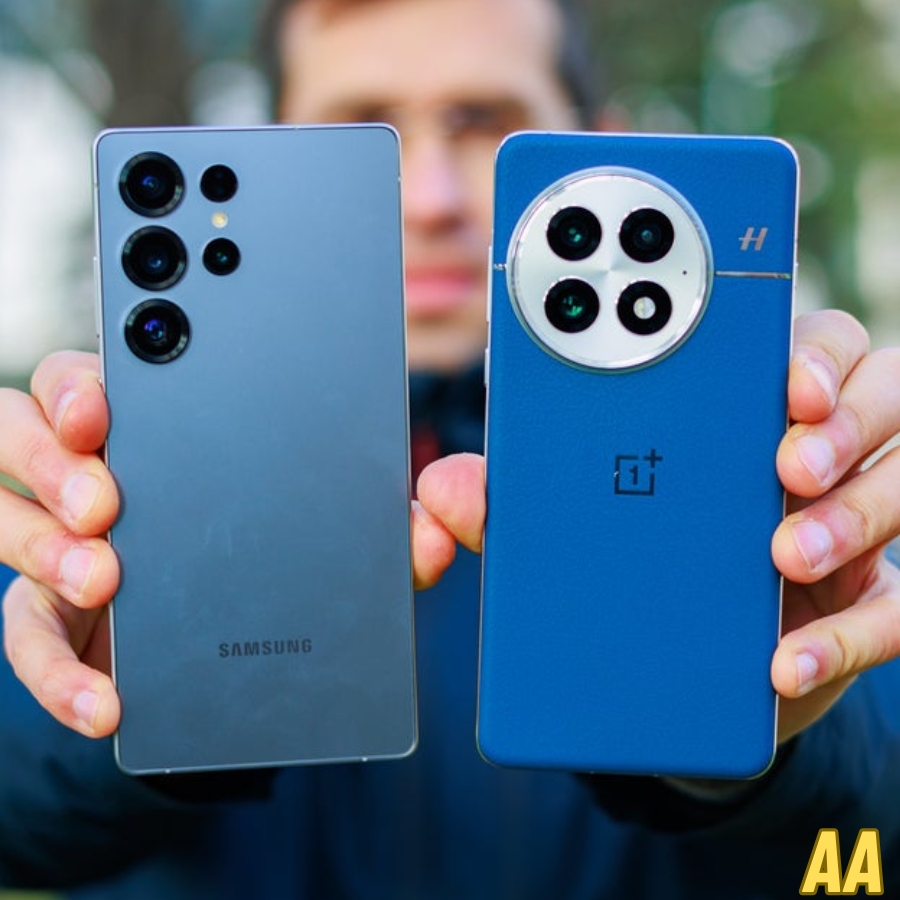


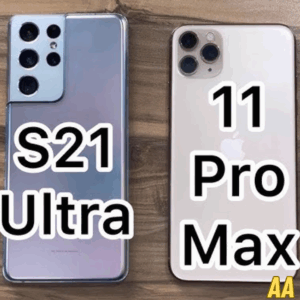
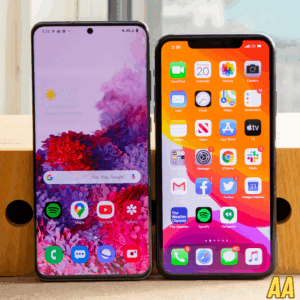


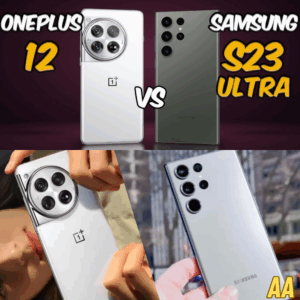
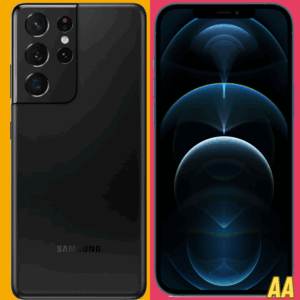
Trackbacks and Pingbacks